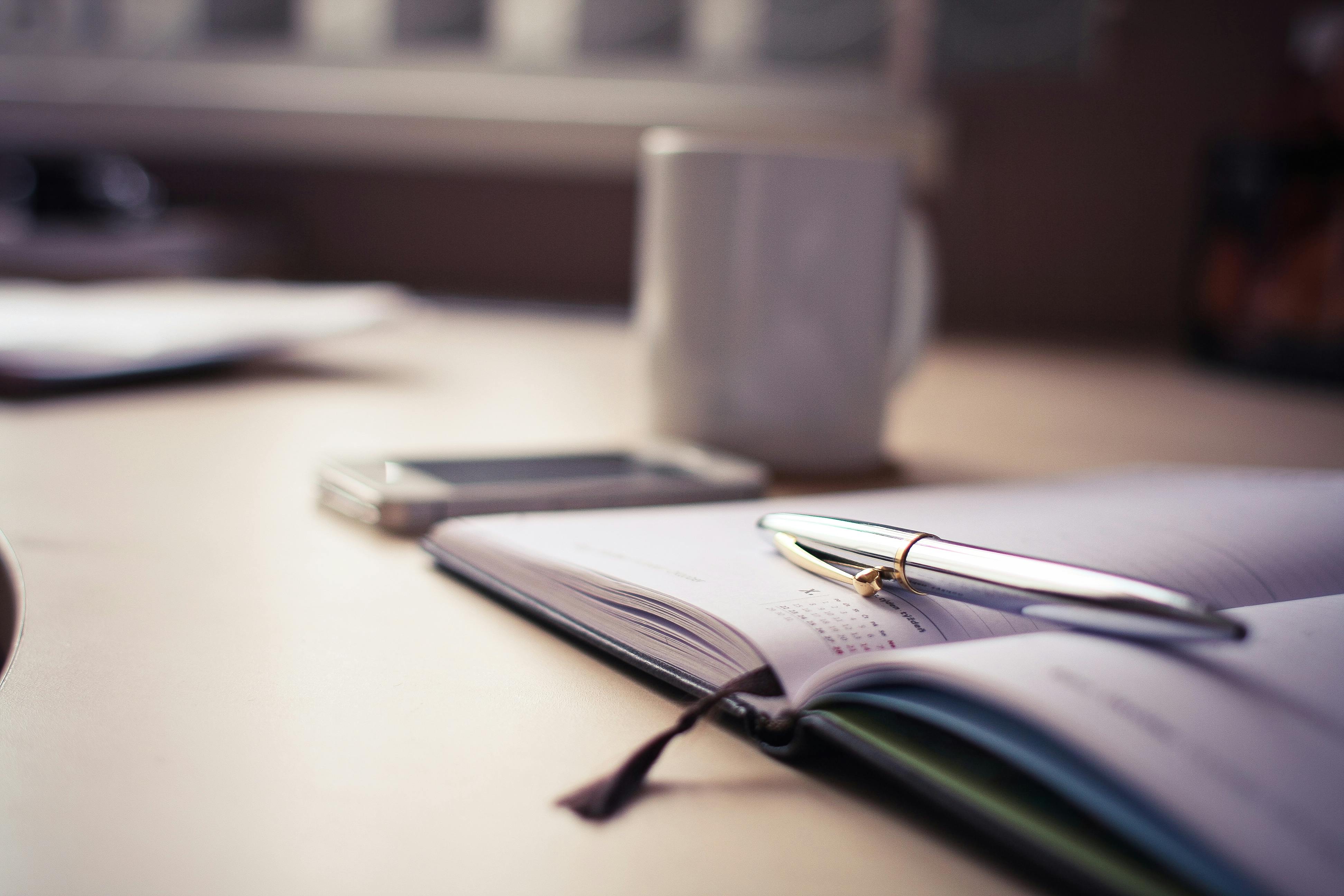
Effective Ways to Draw a Brain: Understand the Structure in 2025
Drawing a brain can seem daunting, but with the right techniques and understanding, it becomes an engaging and creative process. This article not only focuses on how to draw a brain but also provides insights into the anatomy, artistic representation, and various drawing methods suitable for all skill levels. Whether you're a beginner trying your hand at brain illustrations or an experienced artist looking for innovative techniques, this guide will equip you with effective ideas and tips.
As we delve into the world of brain drawing, you will discover step-by-step brain drawing methods, explore different styles such as cartoon and realistic brain sketches, and gain insights into effective brain drawing materials. We'll also cover common pitfalls to avoid and share tips for enhancing your artistic skills. By the end of this article, you’ll be inspired to create stunning brain illustrations of your own.
Let's embark on this artistic journey to deepen our understanding of brain anatomy through art.
Understanding Brain Anatomy for Creative Drawing
To effectively draw a brain, you must first grasp its anatomy. The brain's intricate structure includes various sections, such as the cerebrum, cerebellum, and brainstem. Each part plays corresponding roles in brain function, and understanding these can enhance the accuracy and depth of your drawings.
Brain Structure and Its Significance
The brain consists of numerous parts that are visually distinct. For instance, the cerebrum is the largest part, responsible for higher functions and voluntary activities, while the cerebellum is crucial for coordination and balance. When drawing, recognizing these differences allows you to represent them accurately, adding realism to your artwork.
Visualizing the Lobes of the Brain
The brain is divided into four lobes: frontal, parietal, temporal, and occipital, each associated with specific functions. Drawing each lobe with its unique curves and folds enhances your understanding of brain structure. Consider including labels in your illustrations to describe these lobes, which can also serve educational purposes.
Techniques to Illustrate Brain Folds
To depict the brain's folds accurately, practice with sketches that focus on shading and outlining techniques. Observe references that highlight the texture and details of the brain's surface. Using a variety of pencil strokes can help mimic the intricate folds, giving your drawing a more realistic appearance.
Step-by-Step Brain Drawing Tutorial
Now that we've covered the anatomy of the brain, let’s move on to a step-by-step tutorial on how to draw a brain effectively.
Gathering Your Brain Drawing Materials
Start by selecting the right materials for your brain drawing. Commonly used materials include sketch pads, pencils of varying hardness, erasers, and coloring materials—like colored pencils or markers. Each material will influence the texture and style of your brain art.
Outlining Your Brain Drawing
Begin your brain drawing with a simple outline. Use light pencil strokes to sketch the general shape, focusing on the proportions of different sections. Ensure you adjust your strokes based on the anatomical references you have collected. This step is crucial to develop a base before committing to detailed work.
Shading Techniques for Depth
Once your outline is complete, focus on adding depth through shading. Identify where the light source is coming from and add shadows accordingly. Use pencil blending techniques to achieve a smooth transition between light and dark areas, enhancing the three-dimensional look of your brain sketch. Aim for realistic shading to represent the brain accurately.
Creative Brain Drawing Ideas
With basic techniques established, let’s explore creative inspirations to help you think outside the box when illustrating the brain.
Artistic Representation of Brain Functions
Consider drawing a brain as a visualization tool for its functions. For example, you might incorporate symbols of creativity, memory, and emotional response surrounding the brain, integrating elements like gears, lightbulbs, or cloud imagery to represent different functions.
Combining Realism and Abstraction
For a unique approach, merge realistic elements of brain structure with abstract art. This can result in visually striking representations. Think about using vibrant colors to evoke emotions associated with various brain states or incorporating patterns that reflect cognitive processes.
Experimenting with Digital Brain Drawings
If you're tech-savvy, exploring digital brain drawing can open up new avenues. Digital tools provide flexibility in color palettes, layering, and corrections. Apps like Procreate or Photoshop can aid in developing intricate designs and make it easier to play with different styles.
Common Mistakes to Avoid in Brain Illustration
As with any skill, there are common mistakes that artists often make when creating brain drawings. Recognizing these can save time and enhance your overall work.
Neglecting Proportions
One common error is drawing the brain without proper proportions. Always use references to maintain a balanced and accurate representation. Pay particular attention to the relationships between different lobes and structures.
Overlooking Detailing and Texture
Detailing is crucial in brain drawings. Simplifying too much can lead to generic interpretations that lack depth. Focus on capturing textures and subtleties that characterize the brain’s unique anatomy for a more compelling image.
Ignoring Light and Shadow
Another frequent mistake is neglecting the effects of light and shadow. These elements are essential for achieving dimension and realism in your drawings. Always incorporate shadows based on your light source to create a lifelike portrayal of the brain.
Brain Drawing Exercises for Skill Enhancement
Continuous practice is vital for improvement in any artistic endeavor. Consider these exercises to enhance your brain drawing skills.
Daily Doodle Challenges
Create a routine where you spend a few minutes each day sketching different brain perspectives. This will help solidify your understanding and improve your technique over time.
Collaborative Drawing Workshops
Engage in collaborative projects where artists come together to share techniques and critique each other's work. Participating in workshops fosters learning and can introduce you to diverse brain art styles.
Utilizing Educational Resources
Look for online tutorials and resources that offer structured techniques for drawing the brain. Engaging with these materials can open doors to new methods and enhance your learning experience.
Conclusion: Bridging Art and Neuroscience
Drawing the brain is not just a creative exercise but a means to deepen understanding of its complex structure and functions. Whether you are a beginner exploring basic techniques or an advanced artist refining your skills, the process of creating brain art can enhance your engagement with neuroscience. By implementing the tips and techniques discussed in this article, you can develop your artistic representation of the brain and embrace its beauty through art. Happy drawing!

 ```
```